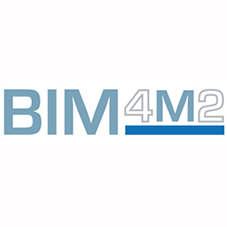In recent years, construction industry professionals have recognised the advantages that BIM can offer. Indeed the general consensus is that BIM offers many benefits, such as saving time on site and accuracy of information. However, for those firms that have yet to adopt BIM but are planning their move, what are the things to consider?
Firstly it is important that you familiarise yourself with BIM. It would be prudent to designate one or two people at the firm to learn more about how BIM will affect the way your team works. For example it may be common practise for some companies to leave the firmer details of the design process until the later stages. However with BIM, design details will need to be finalised much earlier, so having a couple of people solely responsible for this will help.
Another important factor to consider is the software and hardware tools needed for BIM. Does your company have the scope for these? The correct software is essential as it is needed to create the intelligent 3D models. Take the time to explore available software, and consider whether your current hardware has sufficient processing power. Furthermore using good software will also help you identify significant savings and give you a better return on your investment, so identifying the correct software is critical.
Investment in training is also a crucial element to embracing BIM. With new software and processes, there is a great demand to train staff quickly so that the investment can be justified. It is not realistic to assume professionals with CAD proficiency will be able to learn new BIM software quickly or without specialized training. Given the fundamental differences between BIM and CAD, training should be considered a requirement for all professionals involved with designing and producing documentation. BIM provides the ability for every member of the team to be involved in the design and modelling process, giving them complete control of the end product. Investment in training for early adopters provides them a competitive edge with projects that have clearly specified requirements to be documented utilizing BIM. In this instance, if you are patient and make sure your team is brimming with BIM confidence, you will definitely see the benefits.
The final thing to consider is whether well structured digital information is needed for your products and the specifiers you work with. Having shareable structured product information to BIM level 2 will be appropriate to most but not all product manufacturers. If the need and demand is always there, so long as you are willing to invest some man hours and embrace it, you would be barmy to not buy into BIM.
• The BIM4M2 Compass is a tool created to provide neutral, evidence-based guidance to manufacturers on how BIM is likely to impact on their business.


